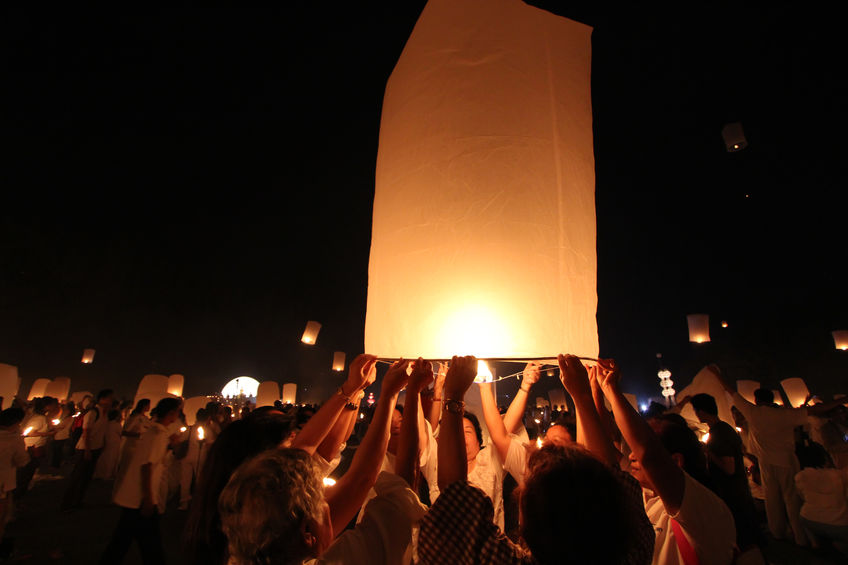
Farmers have called on the public to use "common sense" as bonfire night approaches, in particular when using "dangerous" sky lanterns.
It is NFU Scotland’s stance that sky lanterns should not be available to the public as there is no guarantee of them landing safely.
Sky lanterns are constructed from paper with a wire or wooden frame and contain a lighted candle, they are a proven fire risk and can be a danger to animals and farm buildings, which may house hay and straw, or other flammable products.
Sky lanterns have been known to set fire to sheds, causing serious damage and loss to the farm business.
And with straw and hay at such a premium this year, any incident could cause significant financial hardship for farmers.
When sky lanterns fall on farm land they can have "devastating effects" on those farm businesses, according to NFU Scotland.
The frame material can get mixed up into feed, such as silage or grain, and be accidentally digested by livestock the effects of which can be fatal.
'Fire damage'
Farming unions have previously called on local councils across the UK to ban the use of sky lanterns, and NFU Scotland is now repeating this plea.
A number of councils have already responded to the unions's call for a ban, by stopping their release from council owned land and properties.
However, NFU Scotland believes there are some who still allow the devices to be released by the public.
NFU Scotland’s Animal Health and Welfare Policy Manager, Penny Middleton said: “Although these lanterns seem to be innocent fun, they can in fact be very dangerous both for farm animals, who often end up ingesting them, and farm buildings which are extremely susceptible to fire damage from them.
“I would discourage people from incorporating these devices into their displays this year and ask them to consider farmers and crofters, who could end up paying a heavy cost for their brief enjoyment.”
She added: “We applaud the action already taken against sky lanterns by those local authorities in Scotland who have already imposed a ban and we urge other councils to take their responsibilities as seriously.
“We would also ask that you consider any neighbouring livestock and other animals when planning fireworks display, even taking simple measures to warn animal keepers of a planned display can allow them to take measures to protect their stock,” Ms Middleton said.
'A mass landing of 28 sky lanterns'
Beef and arable farming couple Tony and Sue Robinson from Coolham, West Sussex experienced a mass landing of 28 sky lanterns on their farm in 2013 and are urging people not to release them.
They believe they were lucky to escape a fire, given many sky lanterns had landed alight, scorching the ground around them.
Sue Robinson said: “All we want is for people to be aware of what could happen and we hope we will dissuade people from releasing sky lanterns.
"If this had happened three weeks earlier, during the dry weather, we could have had a major fire here as many lanterns landed in fields that were earlier growing corn.
“By the burn marks, many were still alight on landing. One landed yards from our supplies of winter straw and feed for the cattle,” shes said.
Earlier this year, calls were made for England and Scotland to follow Wales’ lead, as all Welsh council land have now been designated a ‘no fly zone’ for sky lanterns.
